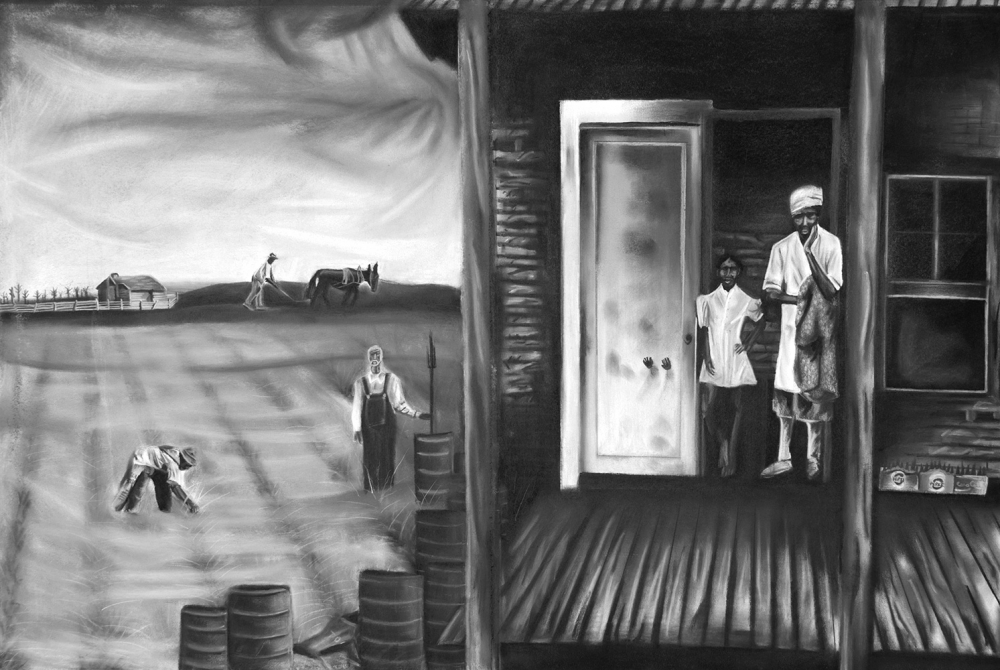40 Acres and a Mule

Following disruptions to the institution of slavery arising from the American Civil War, white abolitionists did not agree on how freed people should be treated. As mass emancipation loomed, there was no clear understanding of what might happen to millions of soon-to-be-free Blacks who were formerly slaves.
Many freedmen believed they had a moral right to own the land they had long worked as slaves, and they were eager to control their own property. After the end of the war, freed people widely expected to legally claim 40 acres of land and a mule, based upon proclamations regarding African American land ownership (such as Sherman’s Special Field Orders, No. 15 and the Freedmen’s Bureau Act). But, federal and state policy during the Reconstruction era emphasized wage labor, not land ownership, for African Americans. Almost all land allocated during the war was restored to its antebellum owners.
Black hopes for land came to be seen as a major barrier to economic productivity, and forces from both South and North worked hard to dispel them. Southern governments passed “black codes” to prevent Blacks from owning or leasing land, and to restrict their freedom of movement. The institution of sharecropping arose.
Sharecropping was a system of agriculture in which white landowners allowed black tenants to use the land in return for a share of the crops produced on the land. Many of the contracts between the landowner and blacks were exploitative, ensuring that the quota of required crops could not be met, and the sharecroppers would remain in debt, no longer shackled by slavery, but nevertheless still enslaved socially and economically.
The phrase “40 acres and a mule” has come to symbolize the broken promise that Reconstruction policies would offer economic justice for African Americans.
In “40 Acres and a Mule,” artist Brian Washington depicts the plight of the African American sharecropper in the Reconstruction years of the American South. In the foreground, a sharecropper mother and daughter stand on the family porch, their withered faces expressing the physical exhaustion and mental fatigue associated with sharecropper family life. In the distance, the father works the land with his sons, his prematurely gray hair evidencing his struggle and weariness, and a life of relentless worry and oppression. In a commentary on the dehumanizing nature of freed black life during the Reconstruction years, Washington names this piece “40 Acres and a Mule” – a title that acknowledges the land and animals depicted in the image, and not the people. This title emphasizes the “invisible” nature of freed blacks, both socially and politically, in the Reconstruction South.